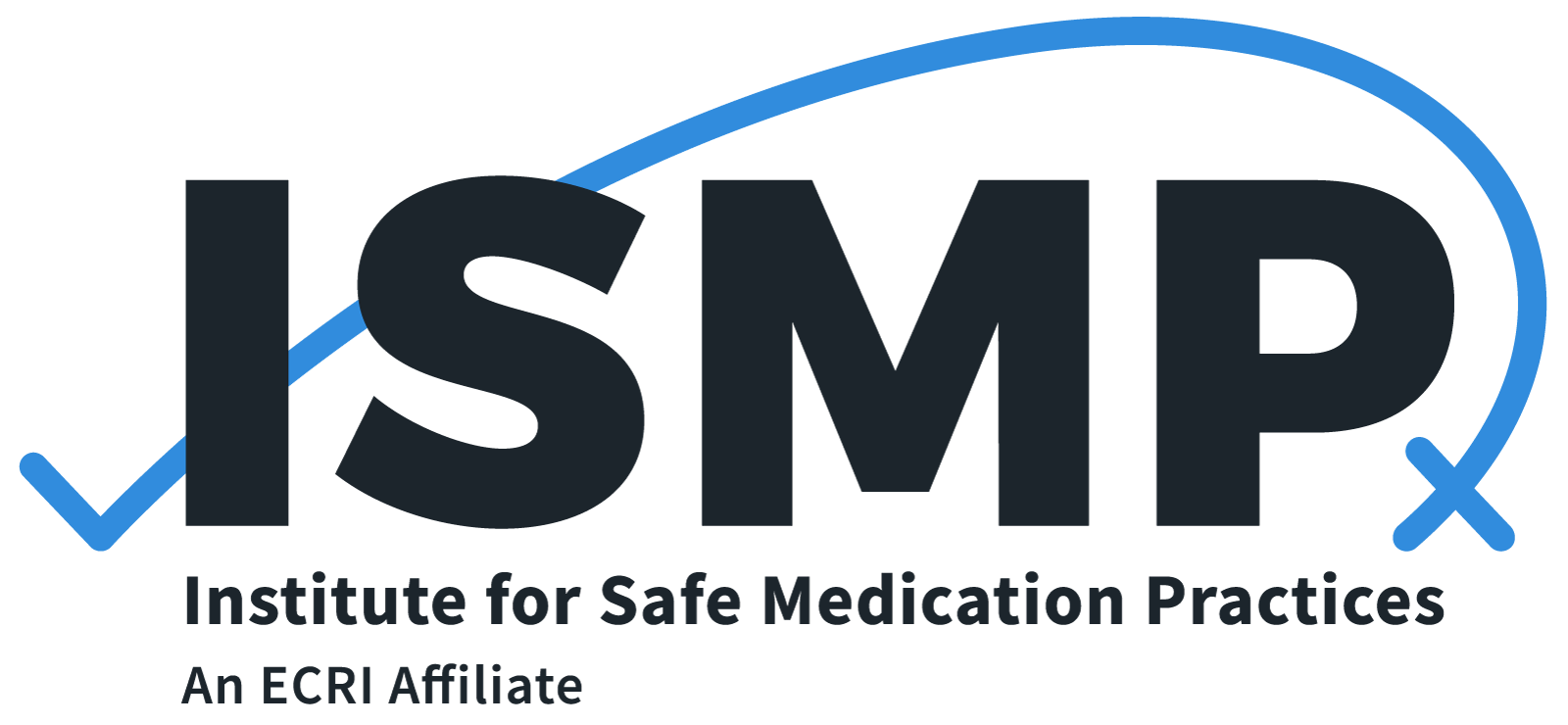High-alert medications are drugs that bear a heightened risk of causing significant patient harm when they are used in error (e.g., wrong drug, wrong dose, wrong route, wrong resident). Although mistakes may or may not be more common with these drugs, the consequences of an error are clearly more devastating to patients or residents.
Use ISMP's List of High-Alert Medications in Long-Term Care (LTC) Settings to determine which medications require special safeguards to reduce the risk of errors. Strategies may include:
- Standardizing the ordering, storage, preparation, and administration of these products
- Improving access to information about these drugs
- Limiting access to high-alert medications
- Using auxiliary labels and automated alerts
- Employing redundancies such as automated or independent double checks when necessary (Note: manual independent double checks are not always the optimal error-reduction strategy and may not be practical for all of the medications on the list)
Long-Term Acute Care (LTAC) facilities, and LTC facilities with subacute units or where a wide variety of intravenous medications are administered, should also use the ISMP List of High-Alert Medications in Acute Care Settings. Facilities are also encouraged to use other resources, such as the Beers Criteria1,2 and STOPP and START Criteria3 to identify and address medications that should be avoided in the elderly population, which are different from high-alert medications.
How to cite: Institute for Safe Medication Practices (ISMP). ISMP List of High-Alert Medications in Long-Term Care (LTC) Settings. ISMP; 2021.
Access this Free Resource
You must be logged in to view and download this document.
